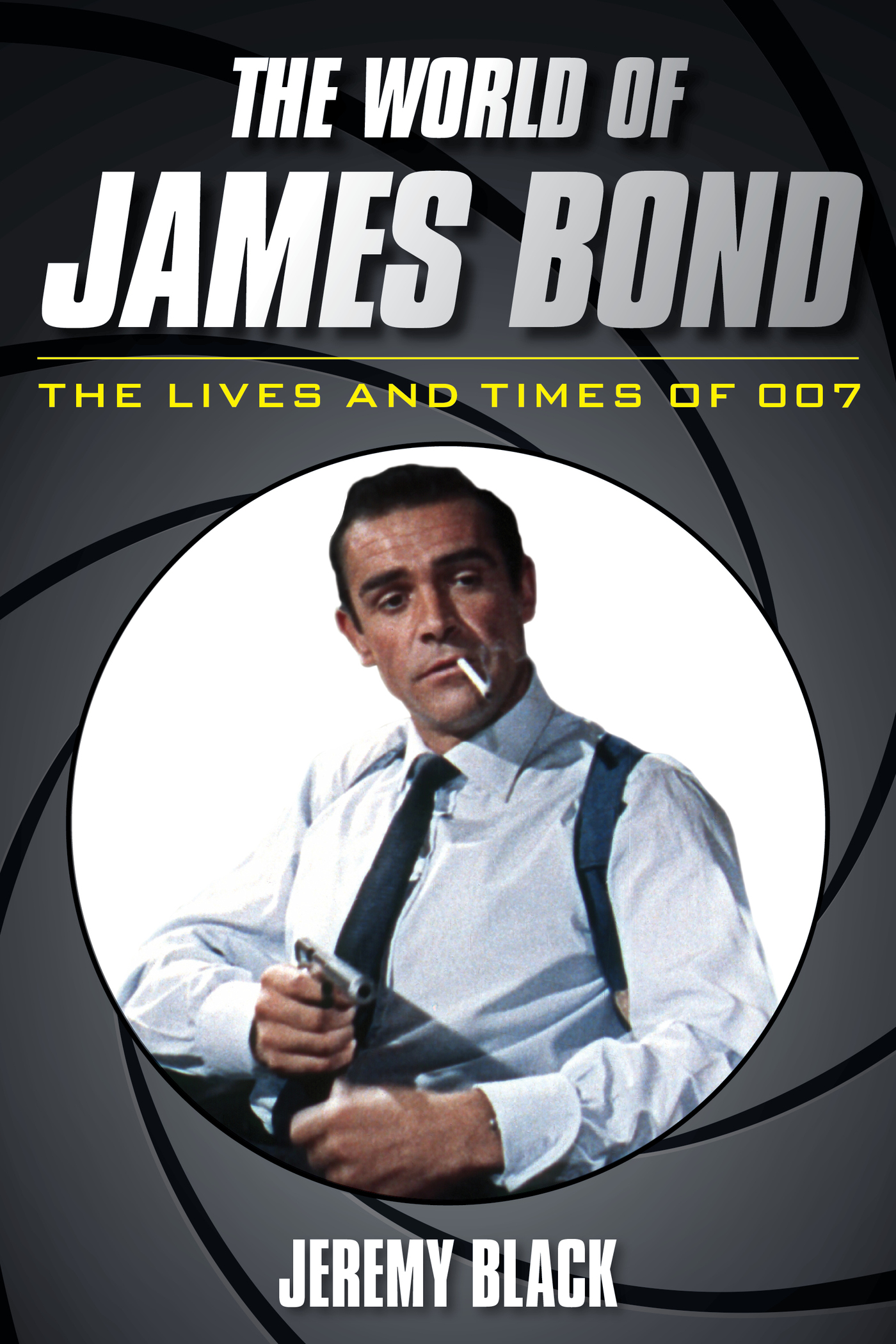The World of James Bond
The World of James Bond
The Lives and Times of 007
Jeremy Black
ROWMAN & LITTLEFIELD
Lanham Boulder New York London
Published by Rowman & Littlefield
A wholly owned subsidiary of
The Rowman & Littlefield Publishing Group, Inc.
4501 Forbes Boulevard, Suite 200, Lanham, Maryland 20706
https://rowman.com
Unit A, Whitacre Mews, 26-34 Stannary Street, London SE11 4AB,
United Kingdom
Copyright 2017 by Rowman & Littlefield
All rights reserved. No part of this book may be reproduced in any form or by any electronic or mechanical means, including information storage and retrieval systems, without written permission from the publisher, except by a reviewer who may quote passages in a review.
British Library Cataloguing in Publication Information Available
Library of Congress Cataloging-in-Publication Data
Names: Black, Jeremy M., 1955 author.
Title: The world of James Bond / Jeremy Black.
Description: Lanham : Rowman & Littlefield, 2017. | Includes index.
Identifiers: LCCN 2017011420 (print) | LCCN 2017027136 (ebook) | ISBN 9781442276123 (electronic) | ISBN 9781442276116 (cloth : alk. paper)
Subjects: LCSH: James Bond filmsHistory and criticism. | Fleming, Ian, 19081964CharactersJames Bond. | Bond, James (Fictitious character)
Classification: LCC PN1995.9.J3 (ebook) | LCC PN1995.9.J3 B53 2017 (print) | DDC 791.43/75dc23
LC record available at https://lccn.loc.gov/2017011420
 TM The paper used in this publication meets the minimum requirements of American National Standard for Information Sciences Permanence of Paper for Printed Library Materials, ANSI/NISO Z39.48-1992.
TM The paper used in this publication meets the minimum requirements of American National Standard for Information Sciences Permanence of Paper for Printed Library Materials, ANSI/NISO Z39.48-1992.
Printed in the United States of America
For Greg Clark
Preface
Fictional characters take on the world. Let us start with one of the greatest, and not, for the moment, James Bond. He will stride in soon enough. In the mid-twentieth century, Sherlock Holmes, a consummate puzzle solver and small-scale adventure hero, was translated afresh to the screen by a revolver-armed Basil Rathbone. The corpus was brought up to date as, from 1938 to 1946, Holmes, still in deerstalker, was taken from the London streets to new destinationsCanada, the United States, and Algiersand given contemporary concerns and foes, in particular, but not only, the Nazis. In Sherlock Holmes and the Voice of Terror (1942), the best of this film series and one that uses elements from the Conan Doyle story His Last Bow, Holmes is on home ground and thwarts a Nazi program of sabotage and an attempted German invasion whose mastermind is none other than the head of the British Intelligence Coordination Committee, Sir Evan Barham.
As a reminder of the usual rule of detective fictionthat the detective intervenes to restore a harmony disrupted by the hubristic evil of crimeBarham is not really the Home Counties gent he appears to be, but a German agent who took his place when the real Barham was shot by the Germans in cold blood while a prisoner in World War I. Like most fictional villains, Barham is also overconfident; he brings Holmes into the case to appear to be doing everything possible to thwart the Nazis. There are many echoes of Barham in the presentation of Drax, really a Nazi, in Ian Flemings Moonraker (1955), while the overconfidence of the villains is part of the heady mix of intrigue, suspense, and adventure that makes a Fleming novel. In 1963, in a letter to Fleming, the British poet John Betjeman compared Bond to an international Holmes.
As with Bond, Holmes richly repays a treatment that updates his setting and is best understood in terms of these changing settings. In Conan Doyles hands, he changed, eventually, in response to the pressure of events in the early twentieth century, thwarting German invasion plans. Other writers subsequently recast Holmes, for example, to include a married Holmes, and he has been extensively interpreted on television and in film, not least with greater interest in his drug addiction.
The same process of reinterpretation is true of Agatha Christies Hercule Poirot and Ian Flemings James Bond. Poirot, a figure of Flemings youth and adulthood who went on appearing regularly in new adventures after Flemings early death in 1964, might seem to be a timeless figure. However, in practice, Poirot recorded shifting political concerns and assumptions, as well as the details of daily life, such as the role of servants. In the postWorld War II At Bertrams Hotel (1965), Christie noted that the opulence of the interwar years had gone, and that the echo of it must be a sign of a criminal organization: the headquarters of one of the best and biggest crime syndicates thats been known for years.
Earlier, in a number of interwar novels, Christie recorded the standard fears of affluent British society in adventure stories, spicing them with the paranoid conviction of an underlying conspiracy. This was not a case of the isolated murderer. In The Big Four (1927), one of her least-known novels, but one that is significant politically and redolent of wider themes in British culture and society, Christie told readers near the outset about
The world-wide unrest, the labour troubles that beset every nation, and the revolutions that break out in some.... There is a force behind the scenes which aims at nothing less than the disintegration of civilization.... Lenin and Trotsky were mere puppets.
This idea of a secret conspiracy behind everything was also central to the Bond novels and films. The 1927 conspiracy was wide ranging in its goals and means: Christie presented technology as at the service of this force; the Big Four sought a concentration of wireless energy far beyond anything so far attempted, and capable of focusing a beam of great intensity upon some given spot and also atomic energy, such that they could become the dictators of the world.
Poirot thwarted the Big Four in a Bond-like finale in Switzerland; but, in contrast, he usually relied on using his little grey cells rather than force, and certainly not deadly force. This was not a one-off. Christie returned to the theme of global conspiracies in Passenger to Frankfurt (1970), which warns of The Ring, a global network that moves armaments, including germ warfare weapons, to anarchist forces that overlap with neo-Nazis and Youth Power. This sort of stuff does not make Fleming appear too extraordinary. Instead, this strong theme, which ranged across several literary genres, both fictional and factual, in Britain, the United States, and elsewhere, prepared readers for Bond stories.
In contrast both to Poirot and to many adventure stories, Bond both solves the puzzle and repeatedly uses deadly force, indeed in the films force on an industrial scale. He is the most successful adventure hero in history, thwarting the instruments of Armageddon in the film The Spy Who Loved Me (1977), saving the world as the seconds tick away in Moonraker (1979, the film, not the novel), and holding off the destruction of world agriculture in On Her Majestys Secret Service (1969) or nuclear war in You Only Live Twice (1967). Other victims saved on different occasions more modestly include London: novel Moonraker (1955); American rocketry: Dr. No (novel and film); Miami: film Thunderball (1965); Washington: film Diamonds Are Forever (1971); and so on. The enormity of the villains ambitions help to make Bond a relevant figure for an age first of apocalyptic nuclear scenarios and, subsequently, one of terrorist threats, which were a characteristic not only of the 2000s and 2010s, but also of the 1970s.
Next page
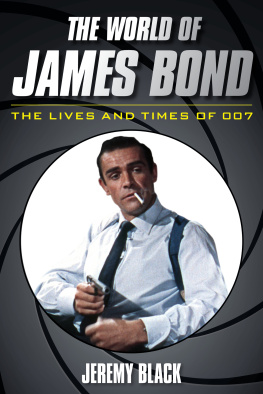

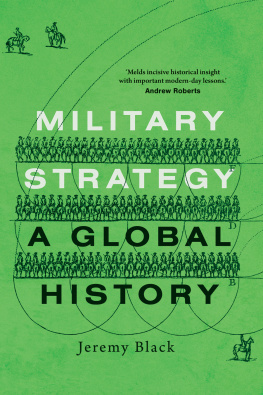
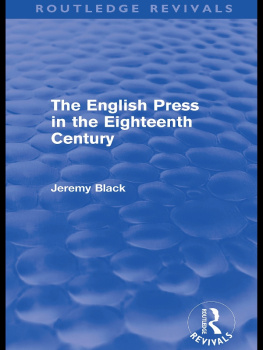
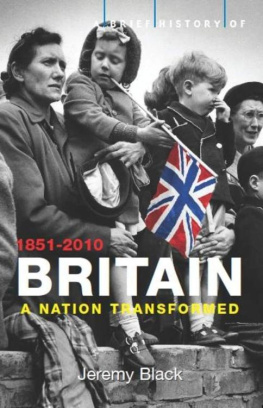
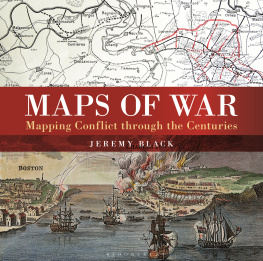
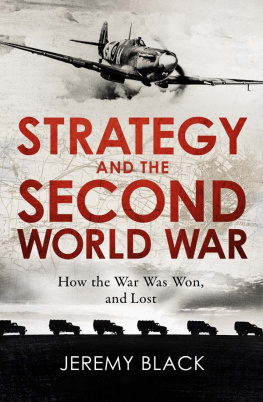
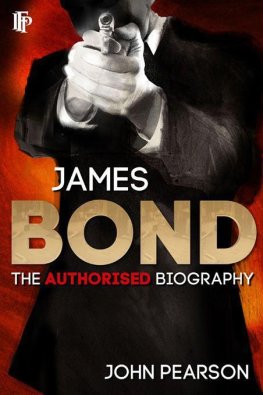
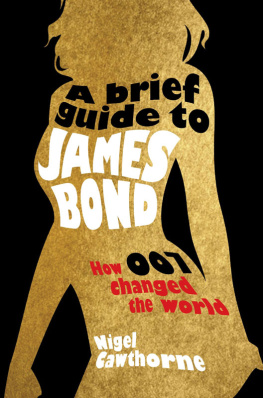
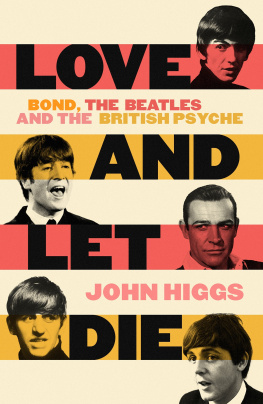

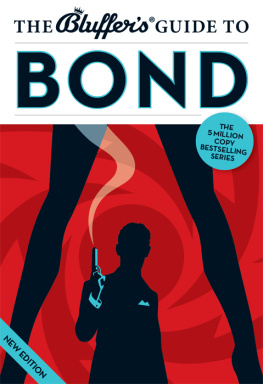
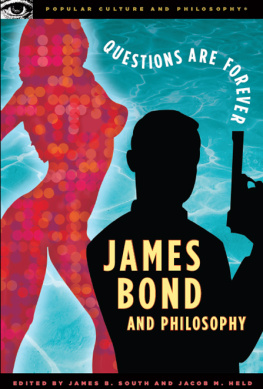
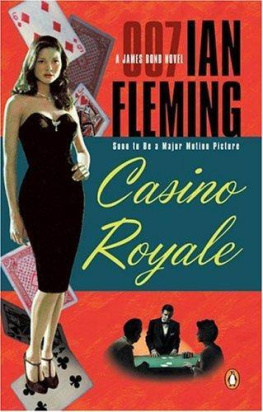
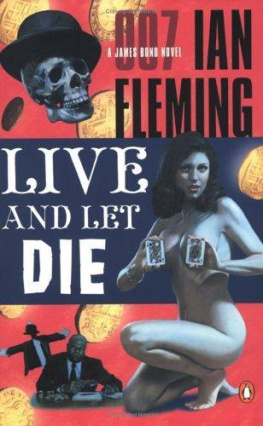
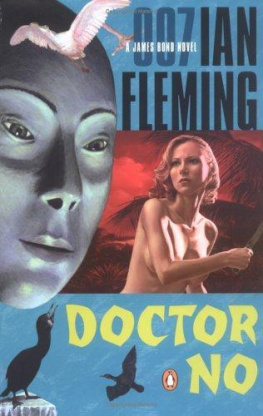
 TM The paper used in this publication meets the minimum requirements of American National Standard for Information Sciences Permanence of Paper for Printed Library Materials, ANSI/NISO Z39.48-1992.
TM The paper used in this publication meets the minimum requirements of American National Standard for Information Sciences Permanence of Paper for Printed Library Materials, ANSI/NISO Z39.48-1992.